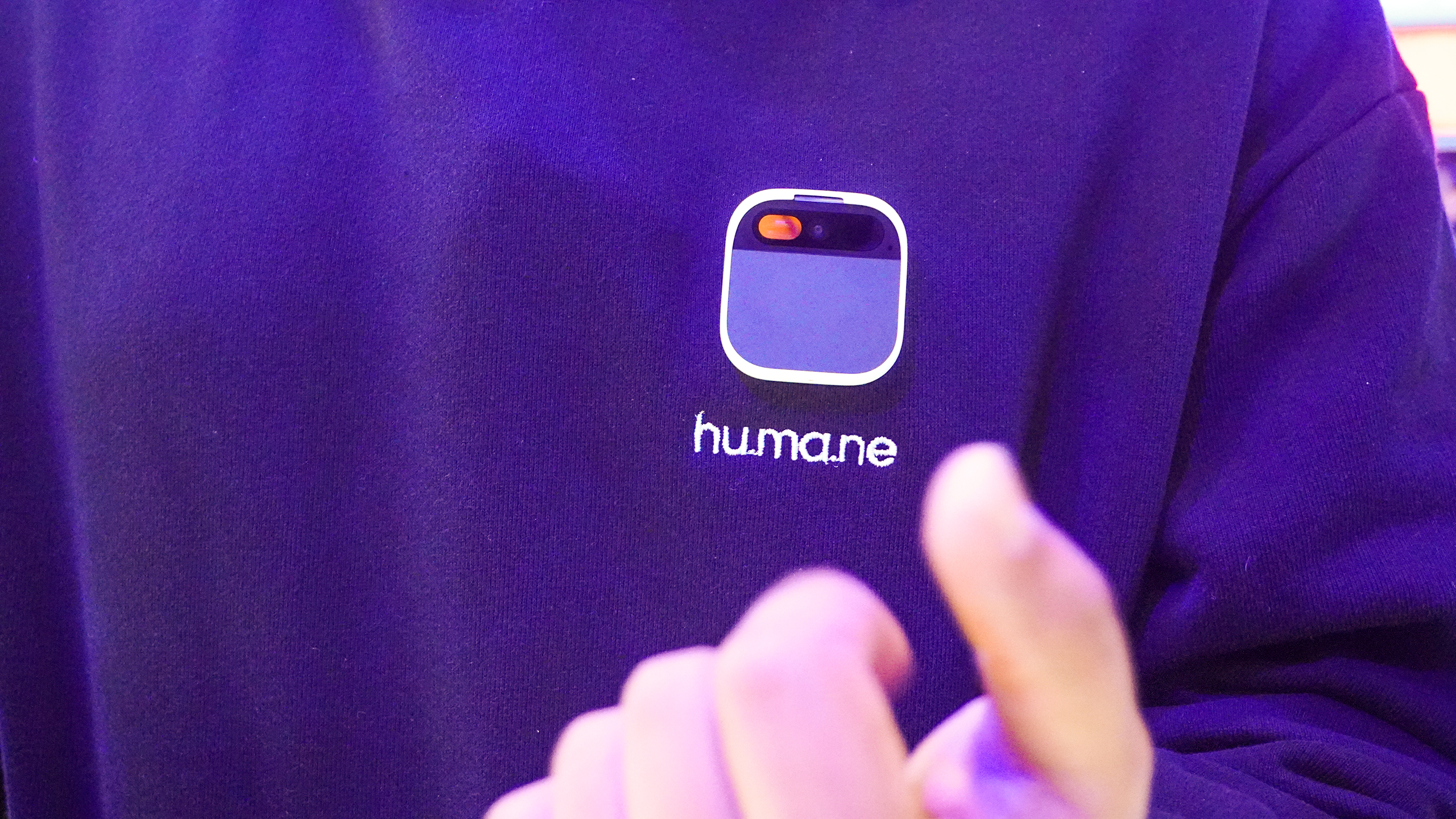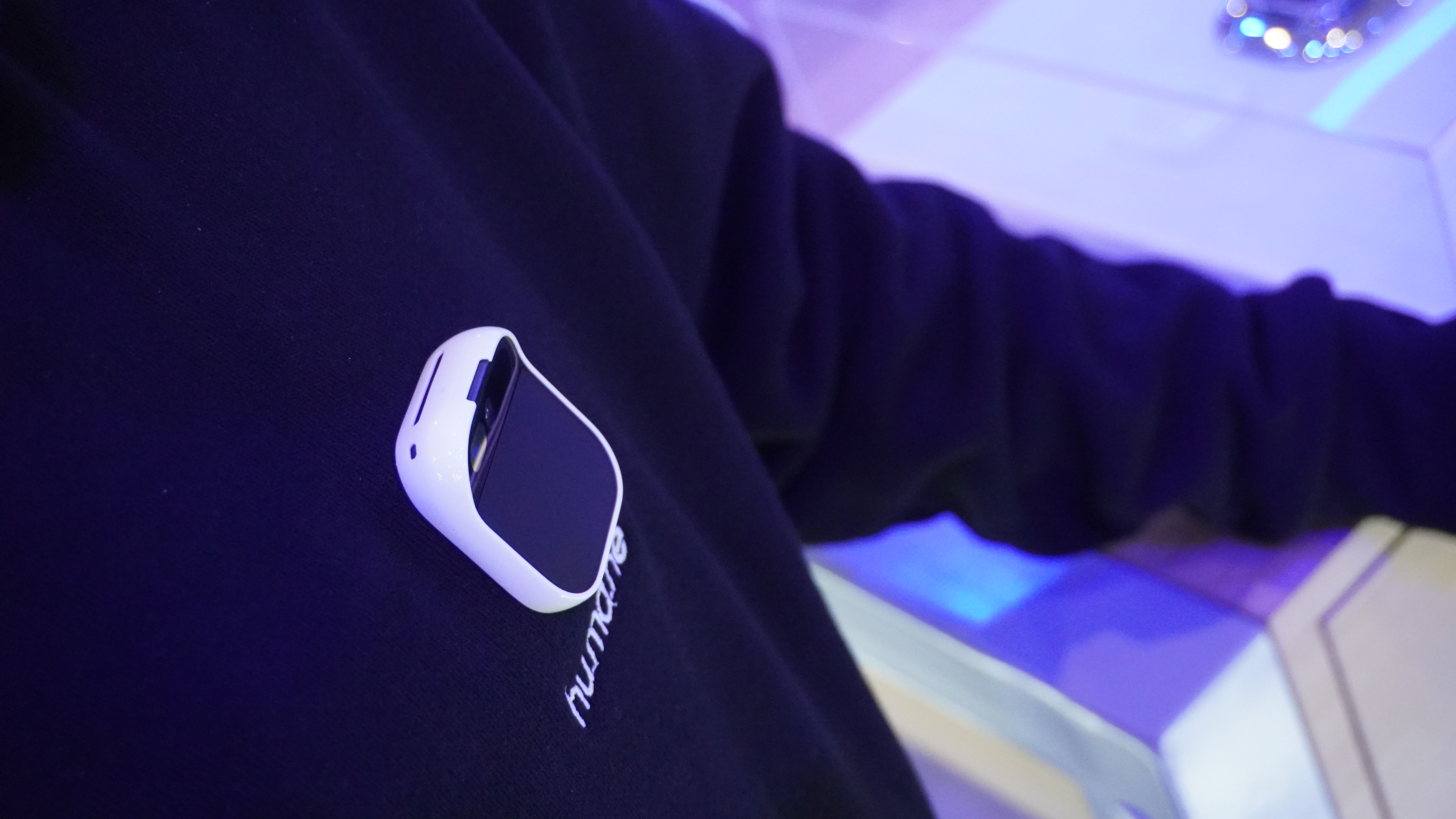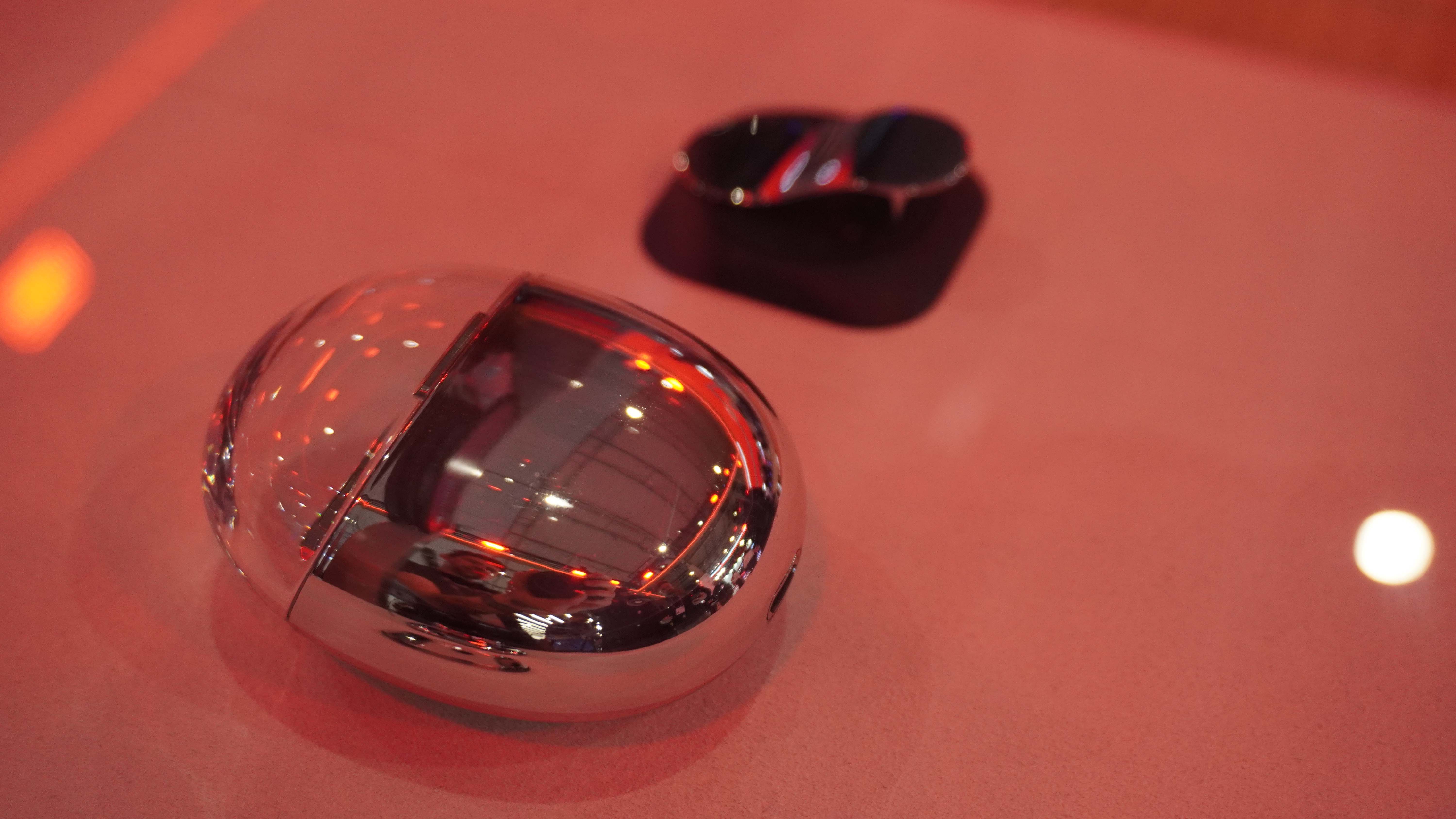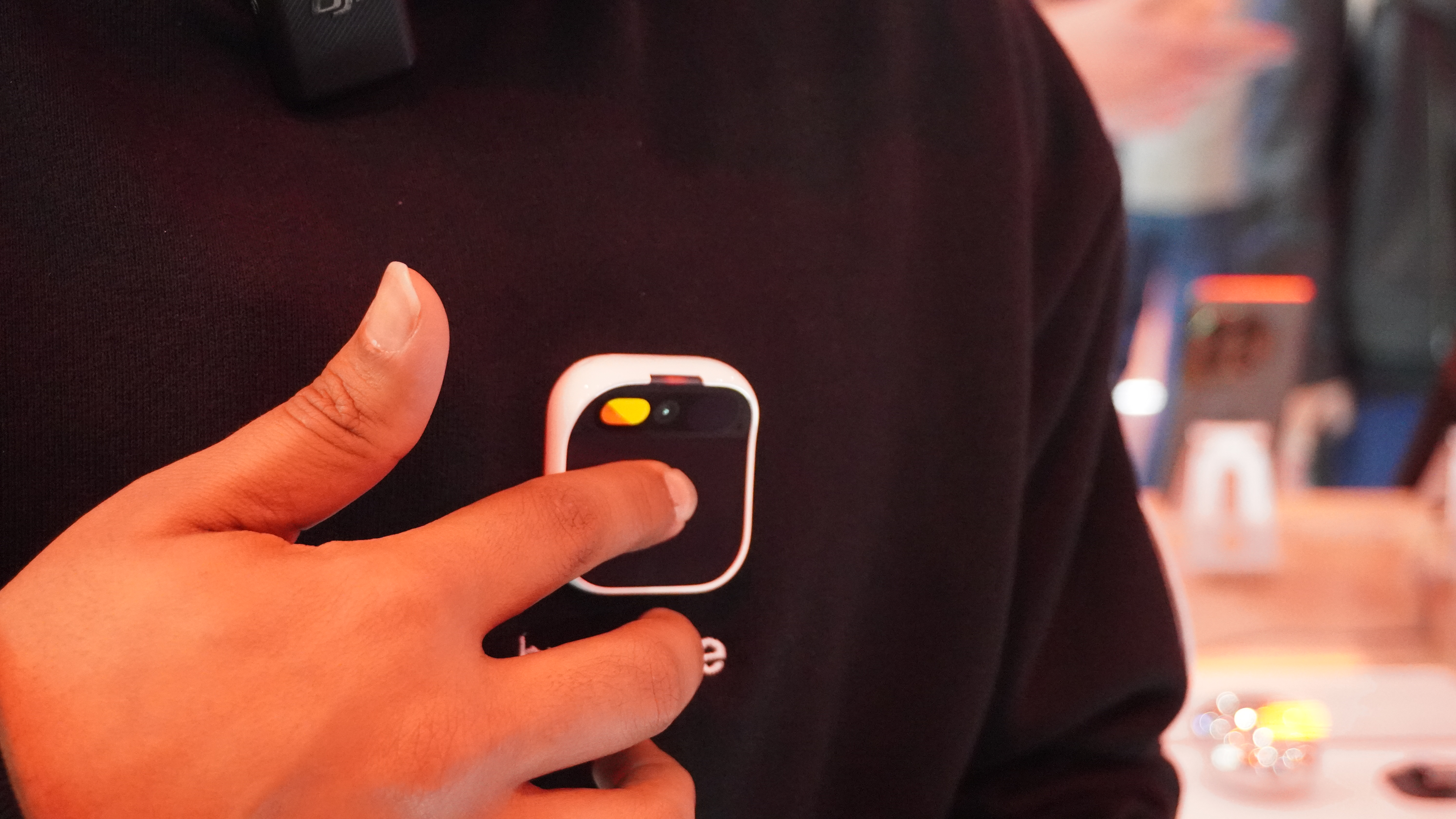
The Humane AI Pin is nearing its (now delayed) April launch, pitching itself firmly in the first wave of personal AI devices by stripping away all the traditional distractions of a smartphone and giving you a simple, elegant piece of hardware that you pin to your top.
On top of that, the company has also confirmed that you will now get three free months of its $24 a month subscription, which gives it the cellular data and its own phone number, amongst other things.
After the device was announced last November, I got to check out the Humane AI Pin at MWC 2024, and see what it's truly capable of. Quite frankly, I was blown away by the capabilities in the moment, but with time to process and think about this $700 smartphone replacement, I was left feeling a little more nervous-excited. Plus, with the looming spectre of the Rabbit R1, how does the Humane AI Pin compare?
The Humane AI Pin wow factor

I mean just look at it. The design is both futuristic and utilitarian all at once. The Humane AI Pin looks like it belongs firmly in 2024 with minimalistic grace — made all the better by realizing what it can do. Simply put, the options seem endless thanks to multi-modal AI.
You’ve got your standard array of smart assistant commands like taking a photo, changing settings and getting quick answers to questions, but the on-board camera also unlocks a ton of additional functionality. For example, the AI can describe what it sees. (For me, it correctly spotted a man in a black t-shirt with a backpack and press badge.)

On top of that, taking a page out of the Samsung Smart Fridge’s playbook, it can look at ingredients in your fridge and recommend a recipe, which you could scroll through with the Laser Ink display — projected onto your hand and controlled with gestures. This is, without a doubt, one of the most futuristic-feeling UIs I’ve seen. When it comes to cool tech, Humane ranks highly.
Getting in its own way

But here’s my problem. In stripping away everything to the barebones of a device like the AI pin, Humane could be shooting itself in the foot in terms of those key behaviors of using a phone — you now need to jump on a web browser to get a proper look at the photo you just took, rather than simply open a gallery.
I appreciate the gesture based UI, and I can’t deny that it looks cool. Exactly the same as being able to get detailed answers to your queries and an AI that remembers things you say to go back to. A great example for people who are terrible with remembering names (such as me) is asking the pin to take a note of someone’s name and a characteristic about them, and then you can ask “who was that person I met with the great velvet blazer” to remind yourself.
But without knowing what the backend looks like to access content captured on the device, I fear the moment using this device goes beyond the device itself, it could be quite a clunky process.
Maybe I want to be distracted

So, we’re here in this odd situation where companies like Humane want to remove the distraction of a smartphone, but people actually appreciate that distraction value. The multi-modal AI is a killer feature, but content consumption is a critical feature of any phone.
Don’t get me wrong, I’ll be the first of many people to get frustrated when I realize an hour has passed in what was supposed to be a 2-minute doom scroll of TikTok, but I can’t envision people wanting to give that up on-the-go.
Of course, I can’t really give a firm hands-on opinion of any of this until we’ve tested the Humane AI Pin for ourselves. This is all based on the rather dazzling demo. But as you really start to think about it, maybe the Rabbit R1 has got the formula right at this moment.
Smartphone users see AI assistance as an accessory rather than the whole reason for being, which is why having a $199 bit of kit as a side piece could be a more palatable option than a $700 replacement to your phone. Time will tell, though, as the personal AI device war is beginning to heat up nicely.







